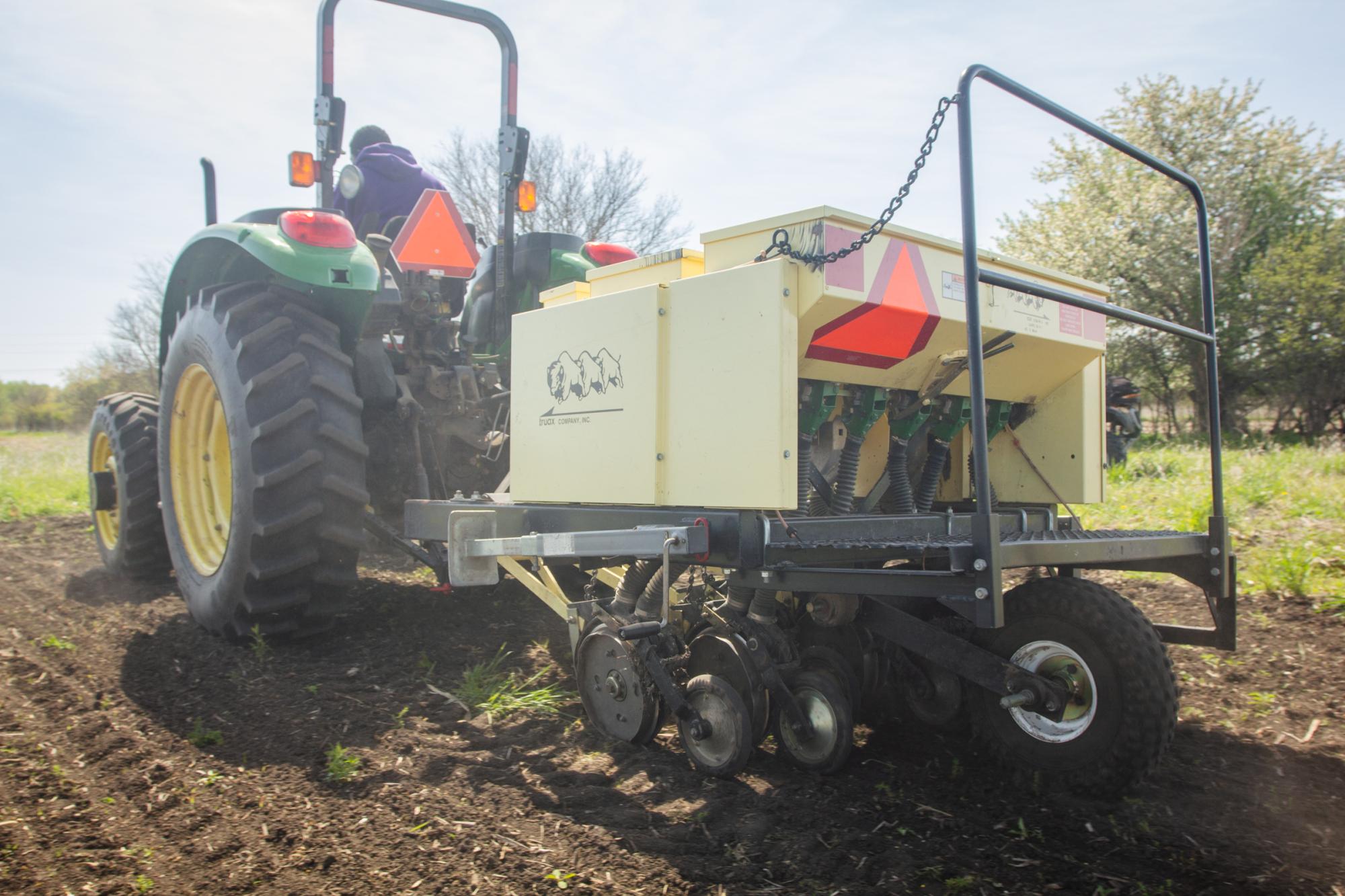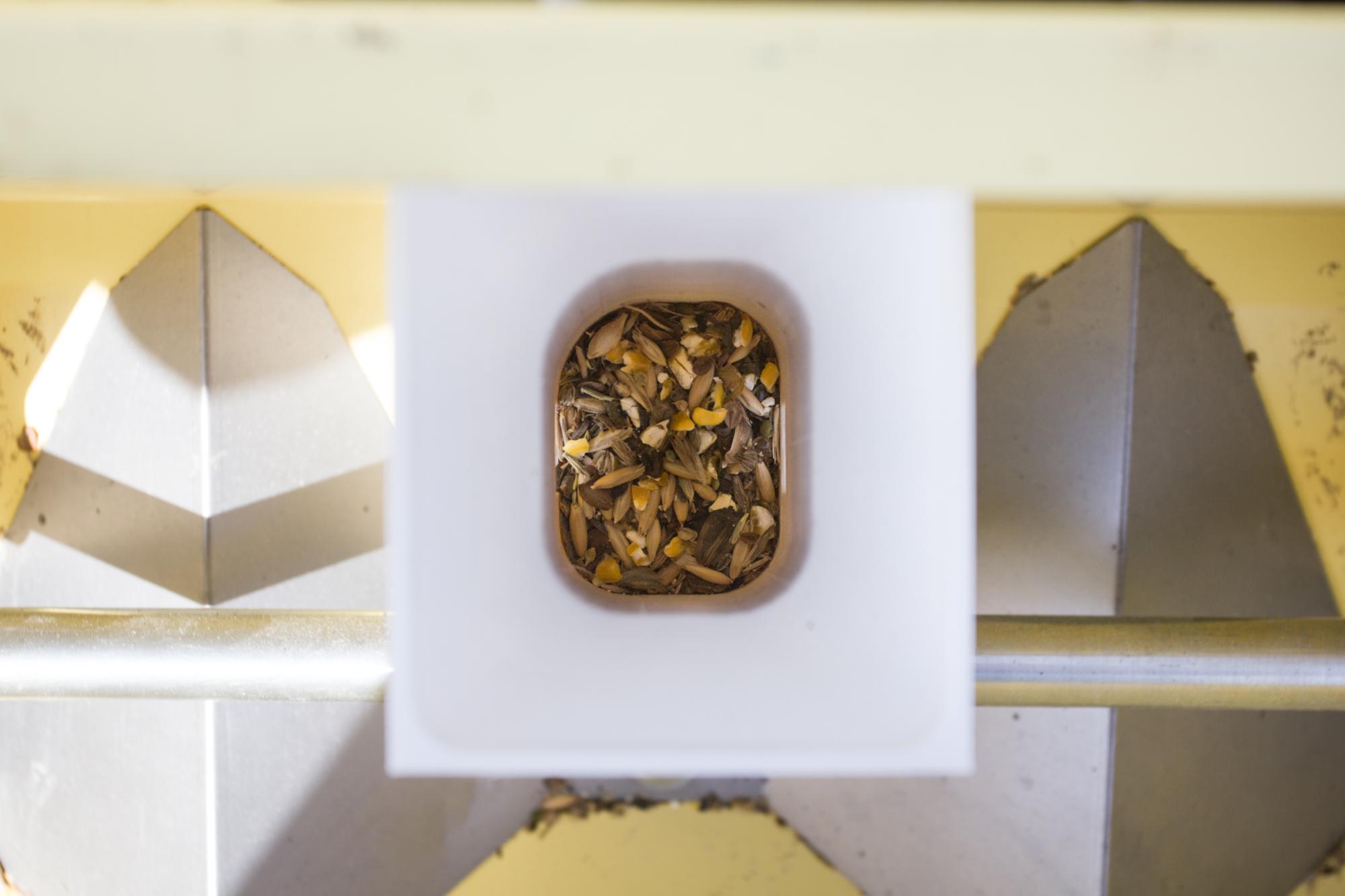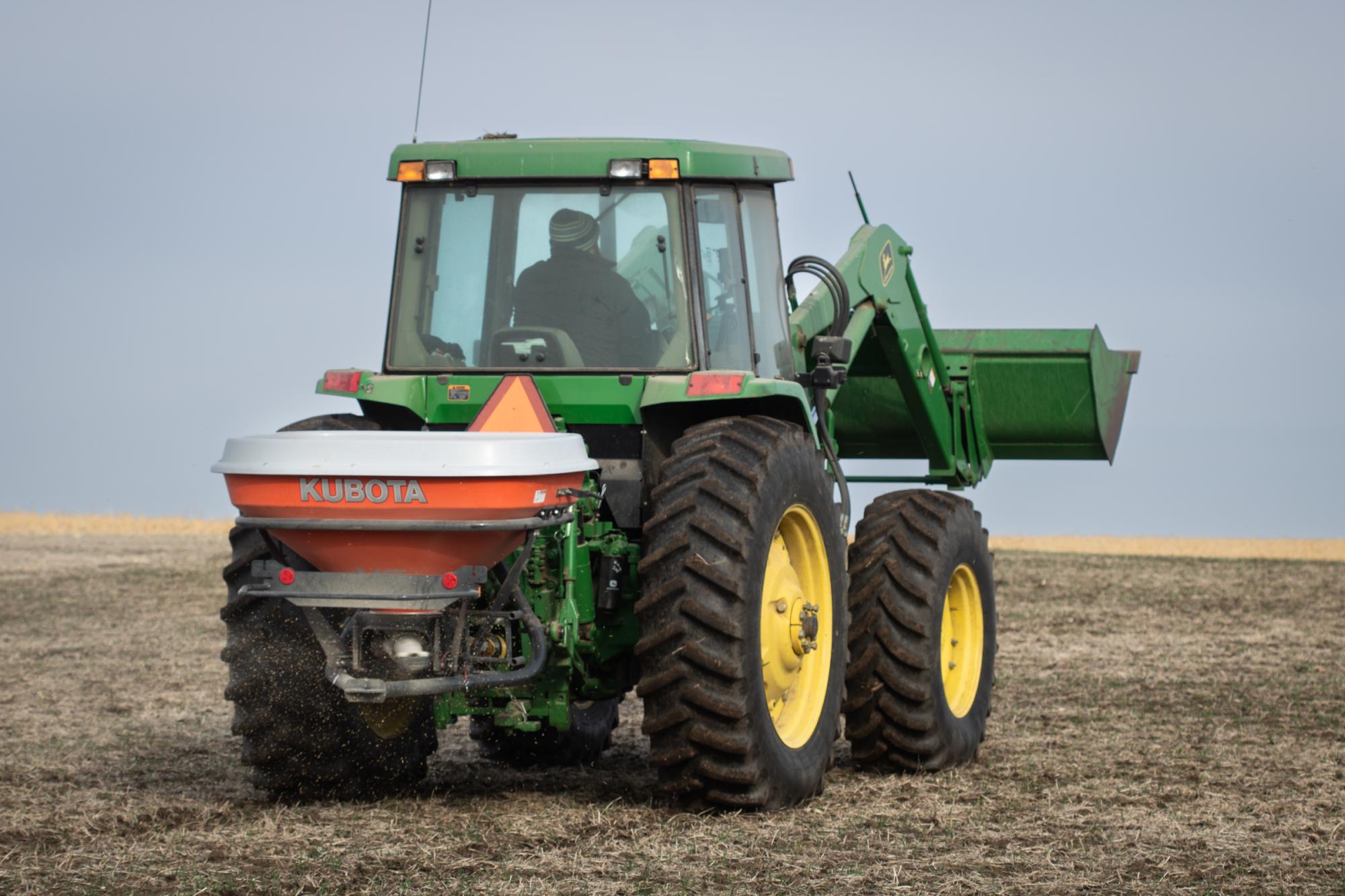Research Approach
Our approach to applied ecological research is to employ a combination of formal field experiments and demonstration sites or field trials to answer research questions. We use field experiments to test our research questions with rigor. These inherently multi-year studies take considerable time to set up and carry out, but they provide the hard data to answer our questions in the detail we need. Field trials and demonstration sites on the other hand are set up with our partner landowners and farmers through our Prairie on Farms program to contrast different practices or concepts, and are only replicated to a minimal extent. These demonstration sites serve as teaching labs during workshops and field days. While they may not be set up to answer research questions conclusively, they do give us the opportunity to see whether something is or isn’t working, especially when the contrast is the same as one in an experiment.
Areas of Inquiry
There are many areas of inquiry where research can inform effective ecological restoration. Miller and others (2016) created an excellent framework where effective research questions should fit, identifying five general themes: 1) targets and planning, 2) sourcing material, 3) optimizing establishment, 4) facilitating growth and survival, and 5) sustainability, resilience, and landscape integration. While our work often fits into all these themes, we generally focus on questions related to optimizing establishment. Over decades of research, our work with seeding methods, seed mix design, seedling establishment and other seed based restoration topics has been influential in how tallgrass prairie reconstructions are designed and implemented by people and organizations across the Midwestern U.S. See our publications to find our studies, or visit the current research page to find short research summaries with links to full publications for recent and ongoing projects.
Research Equipment
We use industry standard equipment and techniques when designing and carrying out our field experiments. We use the kinds of equipment that are typically used in the field by land managers and ecological restoration professionals, and ultimately that makes the research we do directly applicable to practice. DISCLAIMER: We do not endorse the use of any particular brand of equipment. The examples provided here are intended as supplementary information to the methods used in our scientific and technical publications.
Native Seed Drill
We use a native seed drill primarily for small-scale field experiments where high precision seed placement is required to answer our research questions. We use a 4' drill with six openers (Truax FLX-86U). This drill has three boxes for seed, though because we use well-cleaned commercial seed in our work, we do not use the fluffy seed box. We typically use the cool-season seed box for larger native seed (including grasses) and the small seed box for small native seed. The depth bands on the disc openers prevent seeding deeper than ~ 1/4" into the soil, and we occasionally remove seeding tubes on the small seed box to seed some species on the soil surface.
Experimental plot sizes in our work can be small, which also means the volume of native seed required to sow with the drill is small — sometimes the equivalent of a handful of seed. To ensure small volumes of seed can flow evenly across experimental plots, we designed and produced mini-seed hopper inserts that lock into the existing seed cups in the cool-season seed box. In partnership with the Cedar Falls High School Center for Advanced Professional Studies (CAPS) program, we worked with CF student Zach Brede in 2018 to create these 3D-printed seed hoppers which we now use in nearly all our field experiments. 3D printing plans can be found here for other researchers seeking to replicate our methods.


Broadcast Spreader
We use a broadcast spreader to do most of large-scale prairie reconstruction projects. In the past, Vicon pendulum spreaders have been in wide use by ecological restoration professionals, but as of 2019, have been re-branded as Kubota pendulum spreaders. We use a pendulum spreader (Kubota VS400) with a working width of about 15'. We use lots of filler (rice hulls) with our native seed when using broadcast methods (about 1:1 by weight), and are able to operate comfortably without using small seed calibration attachments.



